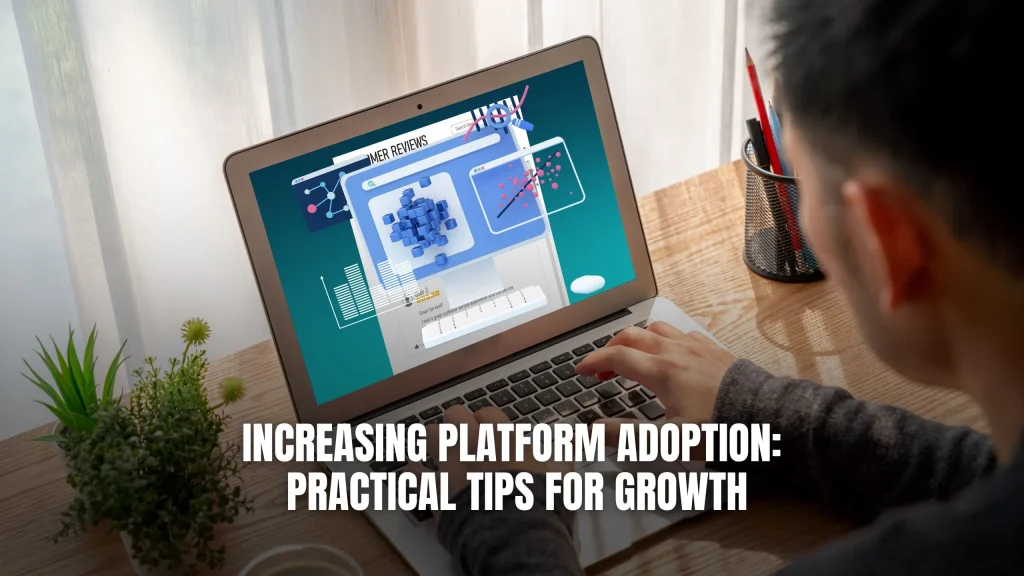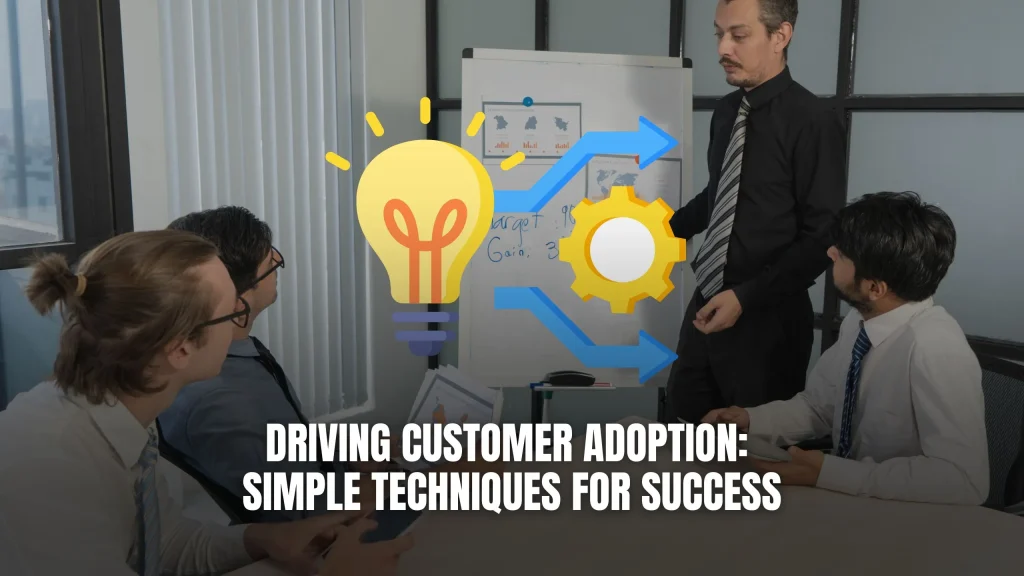Event Management vs. Monitoring: Understanding Differences
Event Management vs. Monitoring: Understanding Differences
In the realm of software as a service (SaaS), two essential functions often mentioned are event management and monitoring. While they might seem similar at first glance, they serve distinct purposes in the landscape of IT operations and management. In this article, we’ll delve into the nuances of event management and monitoring, highlighting their differences and importance in the SaaS ecosystem.
Event Management: Orchestrating Digital Activities
Event management revolves around the orchestration and coordination of digital activities within a system or network. It encompasses the process of capturing, analyzing, and responding to events or incidents that occur within an IT infrastructure. These events can range from system failures and errors to user interactions and security breaches. Event management platforms leverage automated workflows and rule-based actions to streamline incident resolution and ensure operational efficiency.
Key Features of Event Management Systems:
- Event Correlation: Identifying relationships between different events to discern patterns and root causes.
- Alerting and Notification: Notifying relevant stakeholders about critical events or incidents in real-time.
- Automated Remediation: Implementing automated responses or corrective actions to mitigate the impact of incidents.
- Performance Monitoring: Monitoring system performance metrics to anticipate potential issues before they escalate into major incidents.
Monitoring: Observing System Health and Performance
Monitoring, on the other hand, is focused on observing and assessing the health and performance of IT systems, applications, and infrastructure components. It involves the continuous collection and analysis of data metrics related to system resources, application behavior, network traffic, and user interactions. Monitoring solutions provide real-time visibility into the performance and availability of critical assets, enabling IT teams to proactively identify and address potential issues before they affect end-users.
Key Features of Monitoring Tools:
- Real-Time Metrics: Collecting and analyzing real-time data metrics to assess system performance and health.
- Dashboards and Visualization: Presenting monitoring data in intuitive dashboards and visualizations for easy interpretation.
- Alerting and Escalation: Triggering alerts and notifications based on predefined thresholds or anomalous behavior.
- Capacity Planning: Forecasting resource utilization trends and capacity requirements to optimize system performance and scalability.
Event Management vs. Monitoring: Bridging the Gap
While event management and monitoring serve distinct purposes, they are interconnected components of an effective IT operations strategy. Event management relies on monitoring data to detect and respond to critical incidents, while monitoring depends on event data to provide contextual insights into system performance. Together, they form a comprehensive approach to managing IT infrastructure and ensuring business continuity.
Relevant SaaS Products for Event Management and Monitoring:
- PagerDuty: PagerDuty is a digital operations management platform that helps businesses orchestrate incident response and resolution. With features for event intelligence, on-call management, and automated escalation, PagerDuty empowers teams to address incidents quickly and efficiently.
- Datadog: Datadog is a cloud monitoring and analytics platform that provides visibility into the performance of applications, infrastructure, and networks. With real-time metrics, customizable dashboards, and machine learning-based anomaly detection, Datadog enables organizations to optimize their digital operations.
- Splunk: Splunk is a data analytics and monitoring platform that helps businesses turn machine data into actionable insights. With features for log management, security analytics, and IT service intelligence, Splunk enables organizations to gain deep visibility into their IT infrastructure and detect and respond to incidents effectively.
- New Relic: New Relic is a comprehensive observability platform that provides insights into the performance and health of applications and infrastructure. With features for application performance monitoring (APM), infrastructure monitoring, and synthetic monitoring, New Relic helps organizations optimize their digital experiences and deliver exceptional customer satisfaction.
- Nagios: Nagios is an open-source monitoring solution that enables organizations to monitor the availability and performance of their IT infrastructure. With features for network monitoring, server monitoring, and application monitoring, Nagios offers a flexible and customizable monitoring solution for businesses of all sizes.
Leveraging Subscribed.FYI for Event Management and Monitoring Solutions
Subscribed.FYI offers a curated selection of event management and monitoring solutions, empowering businesses to optimize their digital operations and enhance their IT performance. By accessing Subscribed.FYI, organizations can discover and compare a wide range of SaaS tools tailored to their specific event management and monitoring needs. From incident response platforms to comprehensive observability solutions, Subscribed.FYI provides valuable insights and deals to help businesses stay ahead of the curve in managing their digital infrastructure.
In conclusion, event management and monitoring are essential components of modern IT operations, each playing a distinct yet complementary role in ensuring the reliability, performance, and security of digital systems. By understanding the differences between event management and monitoring and leveraging the right tools and platforms, organizations can effectively manage incidents, optimize performance, and drive business success in today’s digital landscape.
Relevant Product Links:






